Quantitative Bioscience at the University of Tennessee
Optimal Control
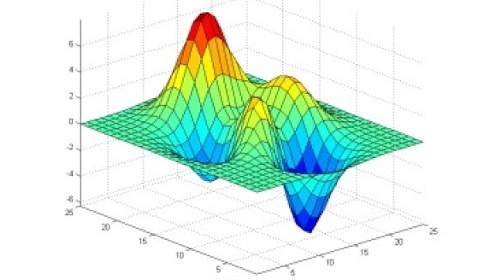
Optimal control has applications in many scientific fields, ranging from the physical sciences and engineering to economics and the social sciences. Optimal control theory is the science of maximizing the returns from and minimizing the costs of the operation of physical, social, and economic processes. Optimal control deals with the problem of finding a control law for a given system such that a certain optimality criterion is achieved. An optimal control problem is a set of differential equations describing the paths of the control variables that minimize cost.
| Researcher | Department | Research Interests | |
|---|---|---|---|
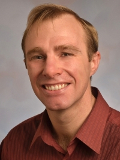 | Paul Armsworth | Ecology & Evolutionary Biology | Applications of mathematical modeling, statistics and optimization to inform conservation of biodiversity and the management of ecosystem services |
 | Judy Day | Mathematics; Electrical Engineering & Computer Science | Mathematical modeling and control, dynamical systems, model predictive control, acute inflammation/immunology |
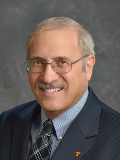 | Louis Gross | Ecology & Evolutionary Biology; Mathematics | Mathematical ecology. Director, NIMBioS; Director, The Institute for Environmental Modeling (TIEM) |
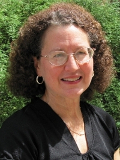 | Suzanne Lenhart | Mathematics | Optimal control, population and environmental models, natural resource modeling, disease models |
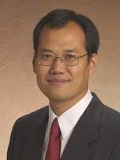 | Xiaopeng Zhao | Mechanical, Aerospace, and Biomedical Engineering | Biommedical signal processing, medical informatics, dynamics and control, computational biology |
NIMBioS
1122 Volunteer Blvd., Suite 106
University of Tennessee
Knoxville,
TN 37996-3410
PH: (865) 974-9334
FAX: (865) 974-9461
Contact NIMBioS
From 2008 until early 2021, NIMBioS was supported by the
National Science Foundation
through NSF Award #DBI-1300426, with additional support from
The University of Tennessee, Knoxville. Any opinions, findings, and conclusions or recommendations expressed in this material are those of the author(s) and do not necessarily reflect the views of the National Science Foundation.
©2008-2021 National Institute for Mathematical and Biological Synthesis. All rights reserved.


